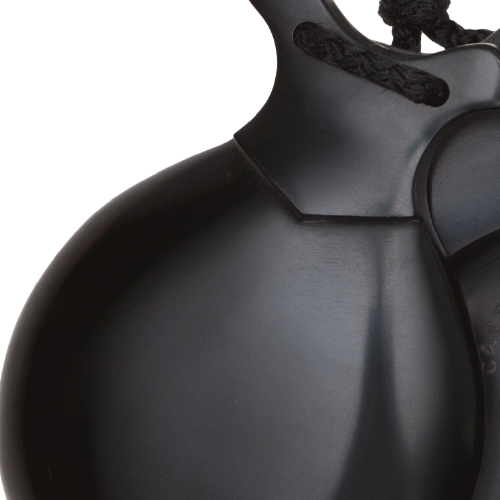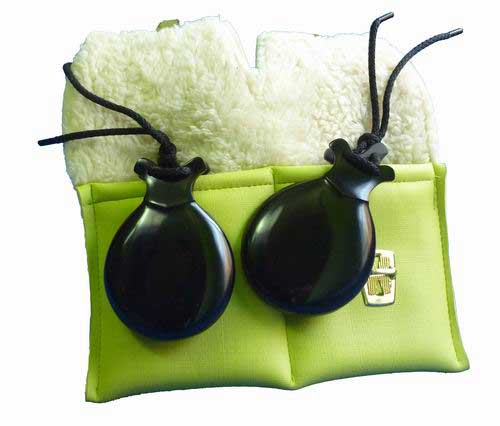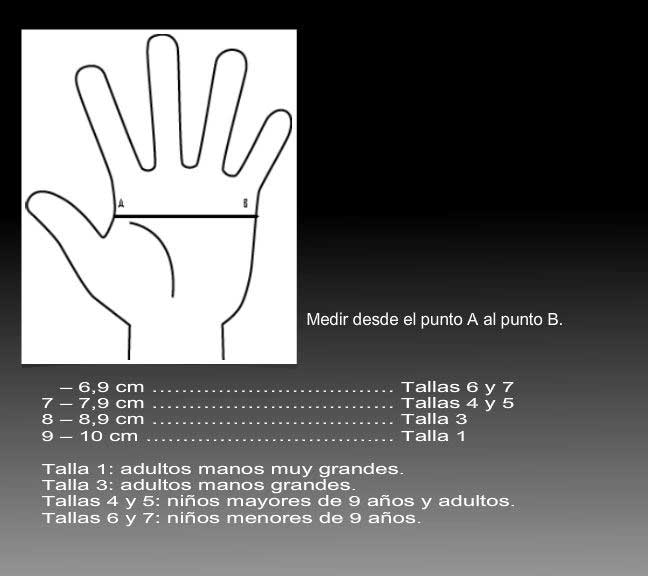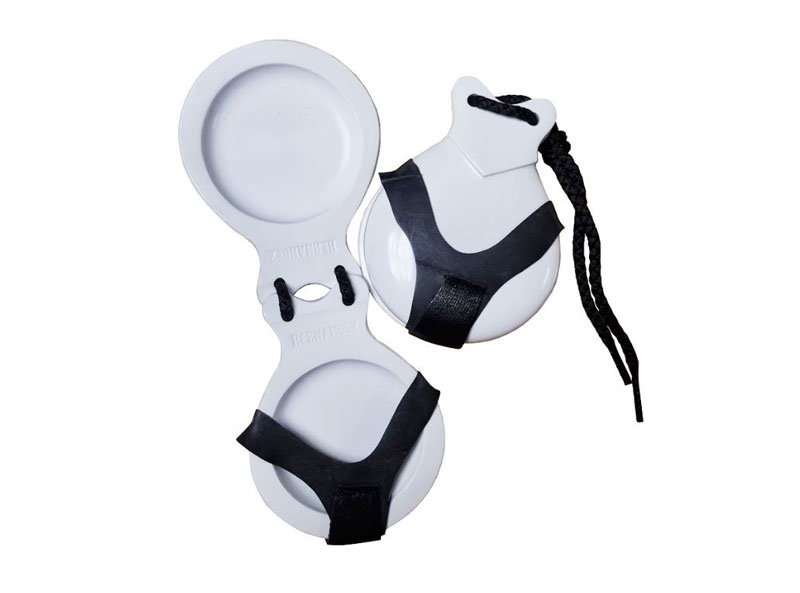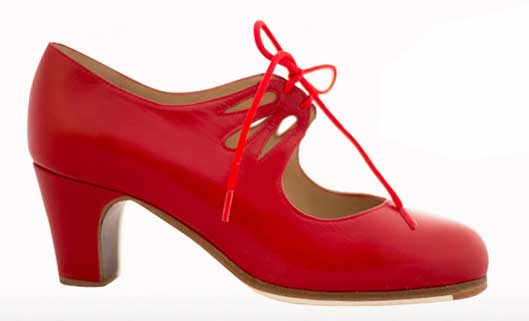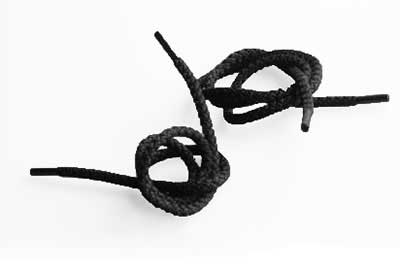- 🚚 📦 WORLDWIDE SHIPPING ✈️ 🌍
Teachers´ Fiberglass Flamenco Castanets With V-shaped Ears: Nº 1ª
Made of resined paper layers. The main characteristics of these castanets are their light weight and little ears, which offer great comfort while playing them. They are presented in a luxury leather case with clasps.
Very Important: The colour of the case may NOT be the same as in the picture.
Characteristics
Black Fiberglass nº 3 (9,6 cm x 7,7 cm)
Black Fiberglass nº 5 (9,3 cm x 7 cm)
Black Fiberglass nº 7 (8,7 cm x 6,6 cm)
Castanets are percussion instruments.
Castañuelas del Sur, leader as manufacturer of castanets here in Spain as well as all around the world, keeps on finding ways to help teachers and dance (flamenco) professional to meet their needs. That is why they only work with first quality materials.
- Black.
- First class.
- Special fiberglass flamenco castanets for professionals.
- Handcrafted.
- Excellent sound.
- Great quality and outstanding finish.
- Leather case for greater protection included.
Size 3 : for man and big hands
Size 5 : for woman
Size 7 : for kids.
All castanets made by Castañuelas del Sur are engraved according to their use. These are the three categories:
Beginners: HERNANDEZ
Professional use: CASTAÑUELAS DEL SUR
Top-of-the-line models “Capricho”: JUAN VELA SEVILLA.
HOW TO PLAY CASTANETS
Castanets are percussion instruments, very old and much used in Phoenicia civilization. Phoenician civilization was an enterprising maritime trading culture that spread across the Mediterranean during the first millennium BC, between 1200 BC and 900 BC. Nevertheless, through history, castanets were used to evoke a Spanish atmosphere. Castanets are a part of the Spanish cultural heritage (they are considered to be the Spanish national instrument). That way the castanets are generally used to give color and to evoke a Spanish musical atmosphere.
How to put on the castanets
First, you must see which castanet in higher pitched than the other.
The higher pitched castanet is placed on the right hand and the castanet with the lower tone on the left hand. In order to do this, the cord of the castanets is put around the thumbs. The castanets must be tight, but not uncomfortably so.
Hand position
It is very important to place your hands correctly while practicing playing castanets. The correct position is with the fingertips toward each other and the palms turned toward the body.
Castanets must be played with these fingers: Little, annular, middle finger and index finger.
Once you have placed the castanets, strike with the middle finger, annular, little at the same time.
First, you strike the right castanet with your right hand. Then, the last sound is cut through with the left castanet and with only one note.
Once the castanets are in place and the hands are in the correct playing position, it is necessary to know that the clicks of the castanets are based on different combinations of five independent elements:
* CA-RRE-TI-LLA: This element is used only by the right hand.
Without forgetting to keep it turned toward the body, in the correct position that we have described above, and moving the wrist as little as possible, begin to play the CA-RRE-TI-LLA, which is composed of four clicks: CA, with the little finger; RRE, with the ring finger; TI, with the middle finger; LLA, with the index finger.
· TAN: This click is called TAN and is played by the left hand immediately after the CA-RRE-TI-LLA. The click is played by the ring finger and the middle finger at the same time.
· TIN: The TIN sound is produced by the ring finger and the middle finger, and the middle finger of the right hand, and it should be after the CA-RRE-TI-LLA-TAN
· TIAN: when the sound TIN and the sound TAN are played simultaneously, it is called the sound TIAN.
· POSTICEO: This sound consists of the clicking together of the two castanets. In order to do this, lift the right hand so that it is level with the left hand and bang the castanets together.
Made of resined paper layers. The main characteristics of these castanets are their light weight and little ears, which offer great comfort while playing them. They are presented in a luxury leather case with clasps.
Very Important: The colour of the case may NOT be the same as in the picture.
Characteristics
Black Fiberglass nº 3 (9,6 cm x 7,7 cm)
Black Fiberglass nº 5 (9,3 cm x 7 cm)
Black Fiberglass nº 7 (8,7 cm x 6,6 cm)
Castanets are percussion instruments.
Castañuelas del Sur, leader as manufacturer of castanets here in Spain as well as all around the world, keeps on finding ways to help teachers and dance (flamenco) professional to meet their needs. That is why they only work with first quality materials.
- Black.
- First class.
- Special fiberglass flamenco castanets for professionals.
- Handcrafted.
- Excellent sound.
- Great quality and outstanding finish.
- Leather case for greater protection included.
Size 3 : for man and big hands
Size 5 : for woman
Size 7 : for kids.
All castanets made by Castañuelas del Sur are engraved according to their use. These are the three categories:
Beginners: HERNANDEZ
Professional use: CASTAÑUELAS DEL SUR
Top-of-the-line models “Capricho”: JUAN VELA SEVILLA.
HOW TO PLAY CASTANETS
Castanets are percussion instruments, very old and much used in Phoenicia civilization. Phoenician civilization was an enterprising maritime trading culture that spread across the Mediterranean during the first millennium BC, between 1200 BC and 900 BC. Nevertheless, through history, castanets were used to evoke a Spanish atmosphere. Castanets are a part of the Spanish cultural heritage (they are considered to be the Spanish national instrument). That way the castanets are generally used to give color and to evoke a Spanish musical atmosphere.
How to put on the castanets
First, you must see which castanet in higher pitched than the other.
The higher pitched castanet is placed on the right hand and the castanet with the lower tone on the left hand. In order to do this, the cord of the castanets is put around the thumbs. The castanets must be tight, but not uncomfortably so.
Hand position
It is very important to place your hands correctly while practicing playing castanets. The correct position is with the fingertips toward each other and the palms turned toward the body.
Castanets must be played with these fingers: Little, annular, middle finger and index finger.
Once you have placed the castanets, strike with the middle finger, annular, little at the same time.
First, you strike the right castanet with your right hand. Then, the last sound is cut through with the left castanet and with only one note.
Once the castanets are in place and the hands are in the correct playing position, it is necessary to know that the clicks of the castanets are based on different combinations of five independent elements:
* CA-RRE-TI-LLA: This element is used only by the right hand.
Without forgetting to keep it turned toward the body, in the correct position that we have described above, and moving the wrist as little as possible, begin to play the CA-RRE-TI-LLA, which is composed of four clicks: CA, with the little finger; RRE, with the ring finger; TI, with the middle finger; LLA, with the index finger.
· TAN: This click is called TAN and is played by the left hand immediately after the CA-RRE-TI-LLA. The click is played by the ring finger and the middle finger at the same time.
· TIN: The TIN sound is produced by the ring finger and the middle finger, and the middle finger of the right hand, and it should be after the CA-RRE-TI-LLA-TAN
· TIAN: when the sound TIN and the sound TAN are played simultaneously, it is called the sound TIAN.
· POSTICEO: This sound consists of the clicking together of the two castanets. In order to do this, lift the right hand so that it is level with the left hand and bang the castanets together.












